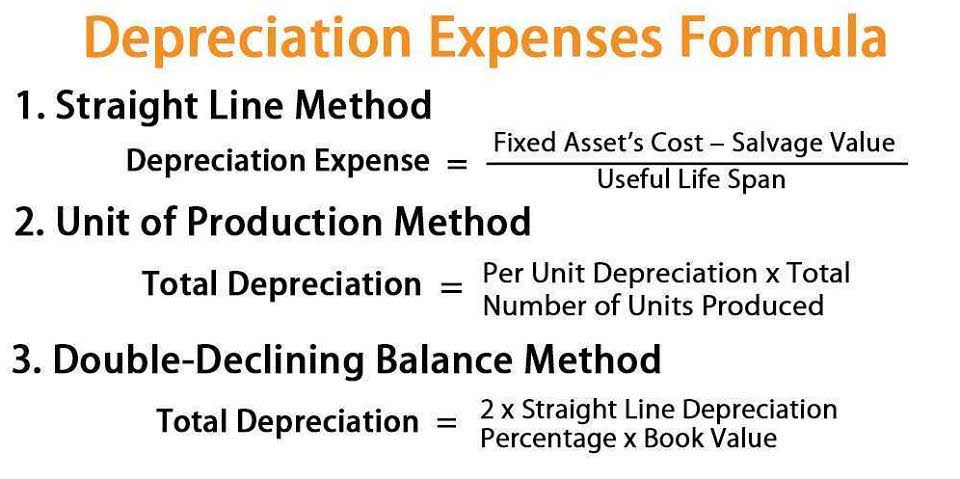They can help answer any questions you have regarding how to pay for addiction treatment, drug and alcohol rehab coverage, and what you can expect upon your arrival. Many hallucinogens, from shrooms to LSD, are not believed to be addictive, although some people develop compulsive behaviors around consuming these drugs. Taking salvia may instead be a symptom of a larger polydrug abuse problem. People who abuse marijuana are the group most likely to also abuse salvia. Since it is not fully known if a person can develop salvia addiction, it is also not known if this particular substance causes any withdrawal symptoms.
After smoking or ingesting salvia, the effects are usually felt within two minutes and last for 20 minutes or less. But reports indicate that the effects of salvia, however short-lived, can be intense and even frightening. Salvia’s active ingredient, salvinorin A, is considered one of the most potent naturally occurring psychoactive drugs. The effects of this drug include hallucinations, dizziness, visual disturbances, and more. The primary reason for this inconsistency in regulation is the lack of clear scientific consensus on the plant’s potential dangers and effects.
Once the individual begins to react in a disturbing manner, they can begin to act erratically and take actions such as putting themselves in danger of harming themselves. These psychotic episodes can last for several hours after ingesting or using salvia. It is believed that using this drug may also increase the odds of the individual developing a seizure disorder permanently.
Salvinorin, a hallucinogenic entheogen also referred to as a neoclerodane diterpene, is the main component of Salvia divinorum. Furthermore, you require at least 200 and 600 micrograms of salvinorin, primarily present in the plant’s leaves, to produce different consciousness states. If you are curious about salvia or are considering using it, you must understand the side effects and risks of this drug so you can make the best choice for you.
When taken, Salvia’s main part, called salvinorin A, changes how our brain sees things. People with an anxiety disorder may be more prone to panic attacks, paranoia, and anxiety while using salvia. However, anyone who uses it is at risk of experiencing these effects. Here is an overview of the potential long-term risks of using salvia.
As of now, 15 states have explicitly banned the possession, sale, and use of salvia, including states like Nevada, Tennessee, Delaware, and Texas. However, in many other states, salvia remains legal and is sold openly in head shops, online, and at some local retail stores. Mind-altering chemicals like salvia and LSD may cause psychological dependence, in which drug-induced moods become more attractive than daily life, and users can’t quit using. Drugs may help someone avoid personal troubles or address untreated psychological illnesses. The biggest problem with salvia is that it has such dramatic psychological effects. Because the drug can impair a user’s coordination and reality so much, people under the influence of salvia can be a real danger to themselves.
Addictions and Disorders
For example, being high on hallucinogens such as salvia can lead to accidental injuries and driving under the influence. Salvinorin A, the active ingredient in salvia, is a highly potent hallucinogen. When the compound enters the bloodstream, psychedelic effects can occur. Those struggling with salvia or polysubstance abuse should seek help, as many rehabilitation centers offer supportive environments and programs tailored to address such issues. If the Salvia leaves are chewed, they release the active compound salvinorin A. This chemical is absorbed via the mouth’s inner lining, inducing vivid hallucinations and cognitive shifts that can persist for 1 to 2 hours.
Read Next: Does Ketamine Work for Depression? Or Are Its Risks Too High?
Salvia is a powerful hallucinogen that has gained popularity in recent years. However, use of salvia does carry the potential risks to a user’s health and safety. In some places, salvia is a “legal high,” a recreational drug that does not fall under any of the government classifications of illegal drugs. The Mazatec also roll fresh salvia leaves into a cigar-like “quid.” They suck or chew the quid without swallowing, and so they absorb the drug from the mouth lining into the bloodstream. Salvia’s active ingredient is salvinorin A, a kappa opioid receptor (KOR) agonist.
It’s also not controlled under Congress’s Controlled Substances Act. That means individual state laws apply to salvia but no federal ones. Dried leaves aren’t considered potent, so salvia usually isn’t added to rolled cigarettes or joints. In a survey, 18.5% of people who had used Salvia said their life would be better off if Salvia didn’t exist.
What Are the Side Effects of Salvia Abuse?
- We maintain strict accuracy standards, sourcing information exclusively from credible sources for our website content.
- In a survey, 18.5% of people who had used Salvia said their life would be better off if Salvia didn’t exist.
- Salvia is a naturally occurring hallucinogenic plant that belongs to the sage family.
- LSD can be taken by mouth or injected in the veins, and the effects last much longer (about 12 to 24 hours).
- The most common (and desired) effect from salvia is hallucination – both visual and auditory.
Researchers believe salvia’s active ingredient, salvorinin-A, may activate kappa opioid receptors. However, the psychological effects of salvia can be highly unpredictable and vary greatly from one person to another. While salvia has a long history of use in traditional settings, it has gained popularity in the United States and other countries as a recreational drug. Salvia is typically smoked or chewed, though it can also be brewed into a tea.
Lifestyle Quizzes
It’s important to note that salvia may be illegal at a State or local level, but salvia is still not illegal federally. Although eventually, this plant was made illegal in some areas, it still has a presence today in modern society as a psychoactive substance used primarily by teens and young adults wanting to get high. This plant can cause severe side effects and reactions that are physically and psychologically dangerous to use. Yes, there are rehabilitation and sober living homes that address salvia abuse.
Numerous chat rooms and drug forums espouse the use of salvia and provide anecdotal reports on user experiences. Salvia also has a low addiction potential, and people have not reported overdoses. People usually experience the most intense effects within 2 minutes after smoking.
To learn more about salvia abuse, call the Substance Abuse and Mental Health Services Administration’s National Helpline. This 24/7 hotline provides information about a variety of drugs, including salvia. Salvia abuse can cause distressing physical and psychological side effects. According to a 2018 study published in the journal Open Access Emergency Medicine, Salvinorin A has a potency similar to that of LSD.
- It can also lead to physical harm, such as falls or injuries from losing coordination.
- People ingest salvia by smoking an extract of this herb using a pipe or water bong.
- There is not much research about the long-term effects of salvia use.
- When the compound enters the bloodstream, psychedelic effects can occur.
Several species are used for cooking, including varietals of mint and sage, while many other versions of salvia are planted as ornamental flowering bushes. One variety, however, causes psychedelic effects, including hallucinations, and may lead to addiction. While salvia is not typically considered physically addictive, its powerful effects can lead to psychological dependence in some individuals.
Additionally, the Affordable Care Act (ACA) requires insurance companies to provide coverage for addiction treatments in Texas. This means that insurance plans sold through the ACA marketplace must cover addiction treatment services, including detoxification, inpatient and outpatient treatment, and aftercare programs. However, the specific details of coverage may vary depending on the insurance plan and the individual’s specific situation. Additionally, some insurance plans may require prior authorization or limit the amount of treatment covered.
It has been observed by researchers to bond can salvia kill you to nerve cell proteins. In some cases, the individual can lose control of their motor functions when they use salvia. Some people might feel a strong urge to use it because of how it affects their thoughts.
One type, salvia divinorum, has a substance called salvinorin A that can cause intense psychedelic experiences. Salvia possession and use are legal in some states, and it is not considered a controlled substance. However, it is a potent drug that can produce significant and sometimes dangerous effects. The shamans used various other hallucinogenic and psychoactive plants and herbs in rituals, but salvia was a prominent feature in daily life. The shamans used this mixture to help guide them into the spirit realm to communicate with various saints. In 2008, the Substance Abuse and Mental Health Services Administration (SAMHSA) reported that about 750,000 Americans ages 12 and older had used salvia at least once.



















